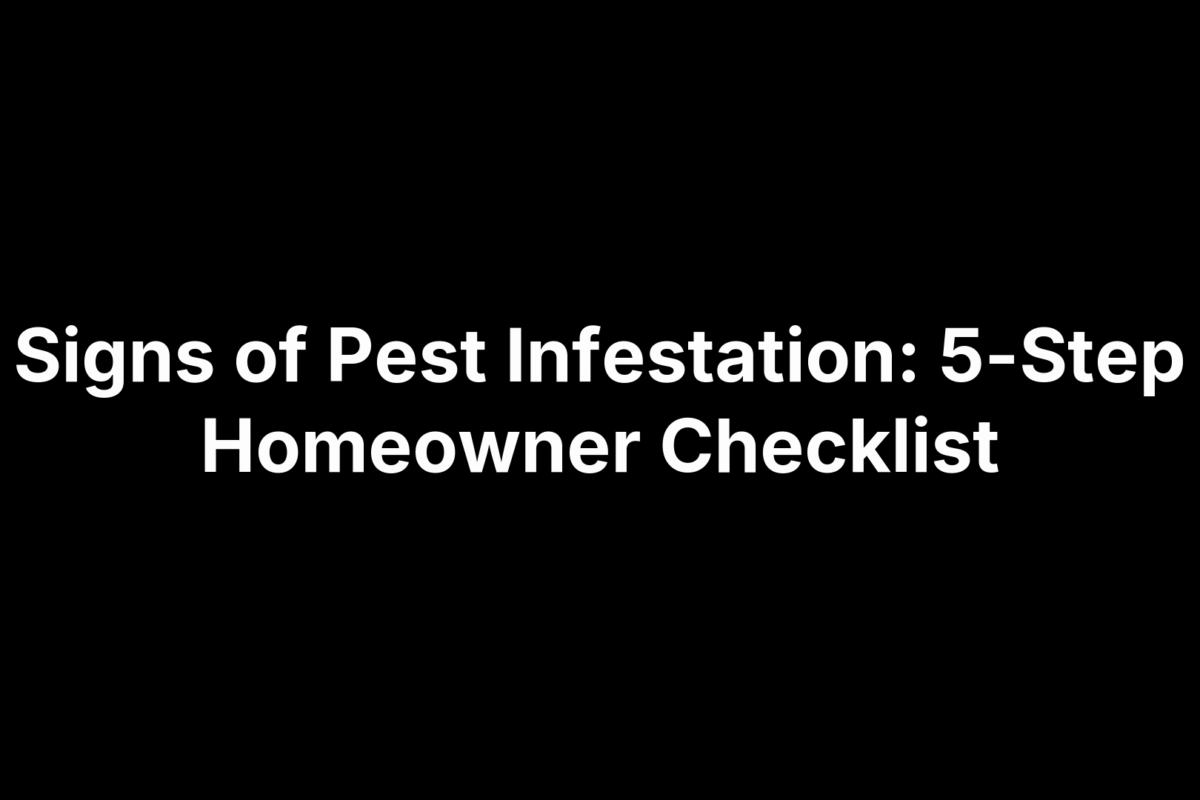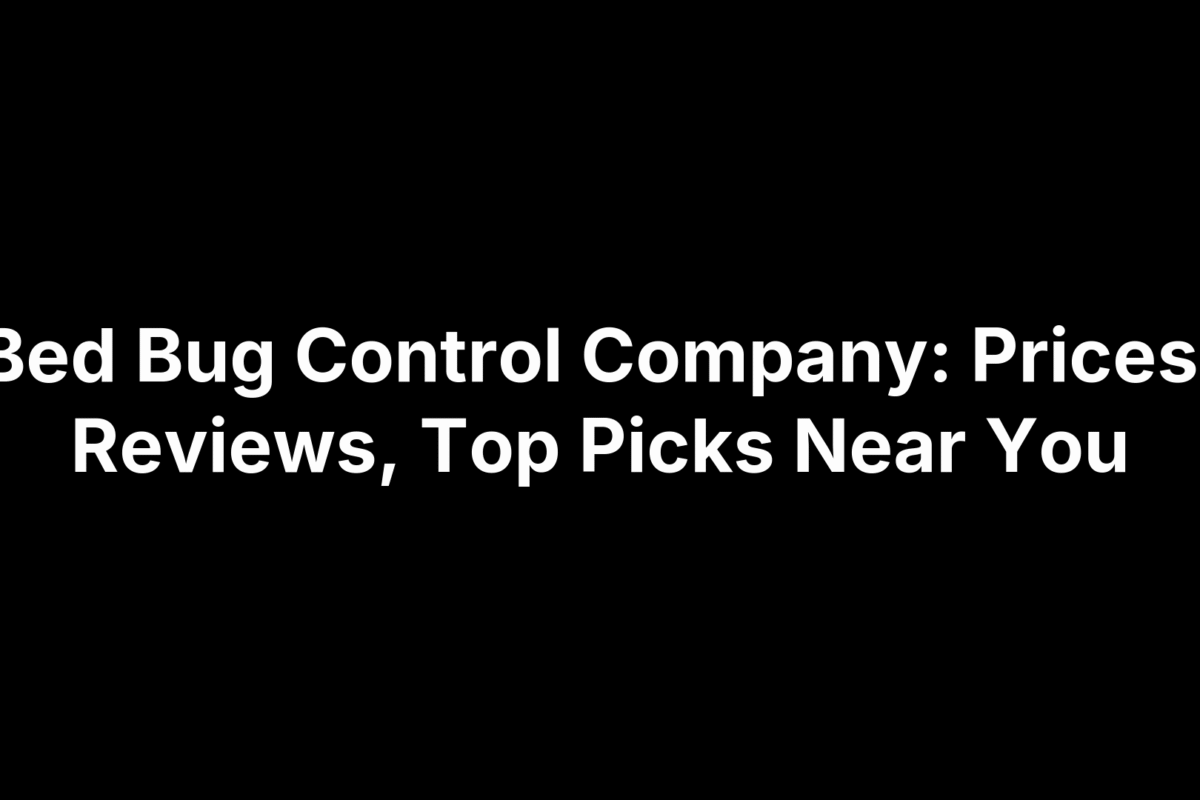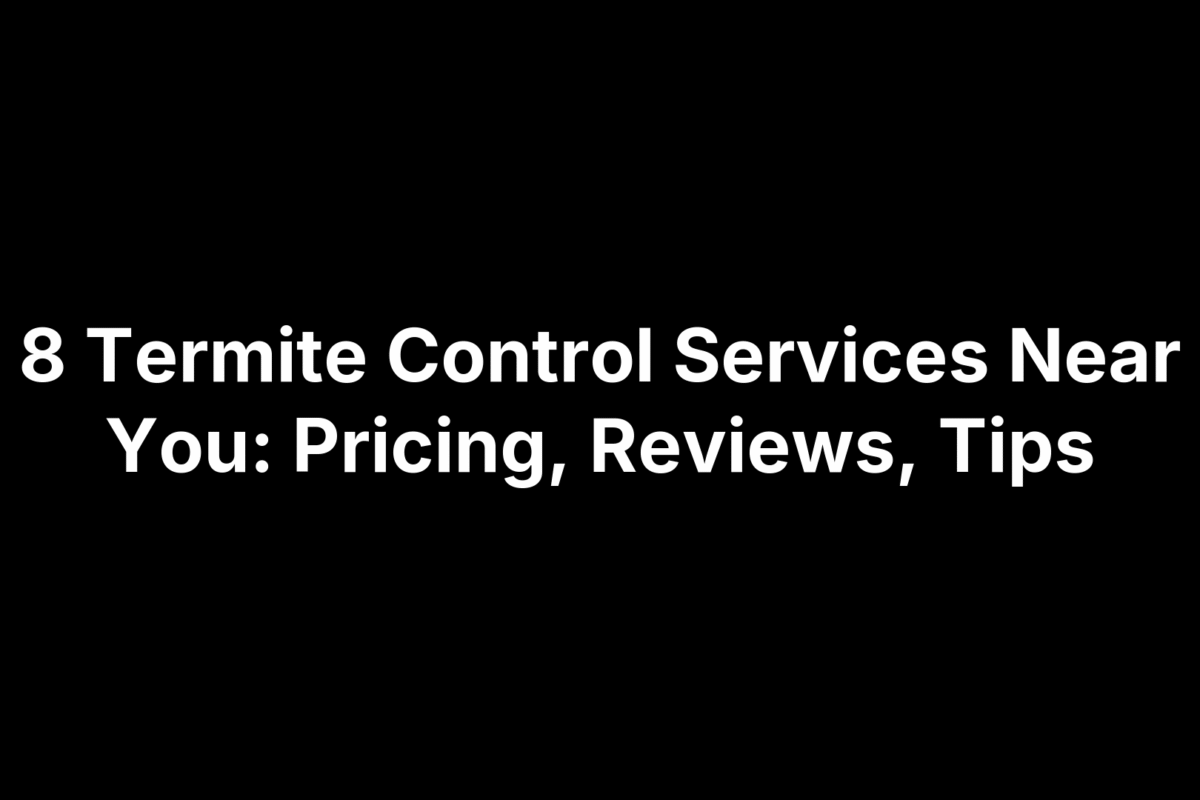You’ve noticed the occasional scratch in the wall, a musty whiff under the sink, or tiny specks near the baseboards—yet no pest in sight. The problem is that by the time you see the culprit, the infestation may already be established. Pests can contaminate food, chew wiring, weaken wood, and trigger allergies, and the longer they’re left alone, the more costly the damage. Many early warning signs blend into everyday dust, smells, and household noises, so it’s easy to overlook them during a busy week.
This simple 5-step homeowner checklist shows you exactly what to look for—and what to do next. You’ll learn how to verify common clues like droppings, grease marks, and tracks; follow odors and nighttime noises; spot nests, gnawing, rotted wood, and termite wings or mud tubes; and inspect entry points, moisture issues, and outdoor red flags (yes, even woodpeckers). We’ll flag when a quick DIY check is enough, when to document evidence, and when it’s time to call in a pro. Step one starts with a fast, professional inspection from Redi Pest Control, then you’ll move room by room with confidence. Here’s how to get clarity quickly and protect your home.
Step 1: Start here—schedule a quick, professional pest inspection with Redi Pest Control
The fastest way to tell harmless dust from real signs of pest infestation is a trained set of eyes. A short, professional inspection confirms the pest, maps activity zones, and stops it before costs climb.
Why this step matters
EPA guidance notes you may never see mice or rats unless an infestation is severe; early clues are droppings, shredded nests, chewing, and stale odors in hidden areas. Redi techs spot these patterns fast, separate termites from ants, and find entry and moisture issues.
How to do it
A little prep makes your visit quicker and more precise. Do this, then book your inspection.
- Photograph clues: droppings, grease marks, discarded wings, sawdust-like shavings, damaged wood.
- Clear access: under sinks, behind appliances, attic/crawlspaces, garage, utility rooms.
- Schedule Redi Pest Control: fast, licensed inspection and a written action plan.
When to call a pro
Don’t wait for a sighting—early action prevents contamination, wiring damage, and wood decay. Call now if you notice:
- Visible damage: droppings, greasy rub marks, nests, or fresh gnawing.
- Odors/noises: musty or ammonia-like smells; scratching or scurrying at night.
- Termite red flags: discarded wings, pencil-thin mud tubes, soft or rotted wood.
Step 2: Look for droppings, grease marks, and tracks
Before pests show themselves, they leave a trail. Droppings, greasy rub marks along walls, and faint tracks are among the most reliable signs of pest infestation—and they often blend in with dust and shadows near food, baseboards, and tight gaps.
Why this step matters
You may never see rodents or roaches even when activity is high. EPA guidance highlights droppings around food packages, in drawers/cupboards, and under sinks as early proof, while pros frequently find greasy residue where rodents travel the same routes. Identifying what you see helps narrow the culprit and urgency.
- Rice-shaped droppings: common with mice/rats; typically found along walls, cabinets, or pantries.
- Peppery specks/pellets: roach frass, often in kitchens and bathrooms.
- Grease/rub marks: dark smears along baseboards or pipes where rodents run.
- Light tracks/trails: a line of droppings, crumbs, or smudges—follow it to entry points.
How to do it
Work methodically and note locations. Open and check the quiet, hidden places pests prefer.
- Sweep hotspots: around food packages, inside drawers/cupboards, and under the sink.
- Scan wall-lines: look for dark grease marks where rodents hug walls.
- Use a flashlight: behind appliances, in corners, utility rooms, and garages.
- Follow before cleaning: if you see a trail, trace it to see where pests enter/exit, then document with photos.
When to call a pro
Escalate quickly if you find:
- Fresh, clustered droppings (multiple areas or rooms).
- Active grease trails along walls or pipes.
- Tracks leading to kitchens, pantries, or children’s spaces.
- Any uncertainty identifying what you found or how widespread it is.
Step 3: Follow your nose and ears for odors and noises
When the house is quiet, pests often “announce” themselves. Unusual smells and soft nighttime sounds are classic, early signs of pest infestation, and they can lead you straight to hidden activity zones behind walls, under sinks, and in crawl spaces.
Why this step matters
You may never see rodents or roaches even when activity is high; EPA guidance flags stale smells from hidden areas as a key clue. Pros also recognize distinct odor and sound patterns that help pinpoint the pest and the severity.
- Mice: musty, urine-like smell; light scratching or squeaking at night.
- Rats: stronger, ammonia-like odor; heavier scurrying and audible gnawing.
- Cockroaches: oily, musty scent; faint rustling or buzz in kitchens/baths.
- Bed bugs: occasionally a sweet/musty odor, especially in severe cases.
How to do it
Set a quiet baseline at night, then move room to room, sniffing low along baseboards and listening near walls, pipes, and appliances. Note where smells are strongest and whether sounds repeat in the same areas.
- Check moisture zones: under sinks, near dishwashers, laundry, and drains.
- Listen up high: attics, ceiling voids, and around vent chases.
- Trace before masking: don’t deodorize until you’ve mapped the source.
- Document: record notes or short audio/video and snap quick photos.
When to call a pro
Escalate quickly if odors are strong/persistent or noises repeat nightly—especially with other signs (droppings, grease marks, or damage).
- Ammonia-like or oily musty odors in kitchens, baths, or pantries.
- Scratching/gnawing in walls or ceilings after dark.
- Activity in multiple rooms or near children’s/pet areas.
- Gnawing near electrical or structural wood, which raises safety risks.
Step 4: Scan for nests, gnawing, rotted wood, and termite wings/mud tubes
Once you’ve traced smells and sounds, look for physical damage and construction—nests, chew marks, and wood issues are high-confidence signs of pest infestation. These clues don’t just confirm activity; they also tell you whether you’re dealing with rodents, roaches, carpenter ants, or termites and how urgent the risk is.
Why this step matters
Rodents build nests from shredded paper, fabric, and plant matter and leave gnaw marks on wood and wiring. Termites and carpenter ants target damp or softened wood; pros look for rotted wood, pencil-thin mud tubes, and piles of discarded wings after swarms. Each clue points to both species and severity.
- Shredded nesting material: typical of mice/rats in hidden voids and cabinets.
- Gnaw marks and shavings: rodents chew baseboards, cardboard, even wiring.
- Rotted or hollow wood: often linked to termites or carpenter ants in humid areas.
- Discarded wings and mud tubes: classic termite red flags along foundations and sills.
How to do it
Work from low to high with a flashlight and gloves. Focus on quiet edges: behind appliances, under sinks, attics, basements, crawl spaces, and garages. Gently probe suspect wood and trace any soil “tubes” from ground to wood.
- Check dark voids: look for nests inside drawers, cabinets, and behind appliances.
- Scan baseboards and boxes: note gnawing on wood, cardboard, and stored items.
- Probe wood gently: soft, crumbling, or hollow-sounding areas suggest activity.
- Hunt for “frass/ shavings”: sawdust-like debris or loose wood shavings near damage.
- Find mud tubes: pencil-thin, earth-made tunnels bridging soil to wood or slab cracks.
- Sweep windowsills: bag and photograph any small piles of identical wings.
When to call a pro
Structural wood and electrical risks escalate quickly, and termite evidence demands prompt treatment. If you confirm any of the following—or aren’t sure what you’re seeing—bring in Redi for a targeted plan.
- Mud tubes, discarded wings, or soft/crumbly wood.
- Active nests indoors or gnawing near wiring, appliances, or gas lines.
- Recurrent shavings/frass reappearing after cleaning.
- Damage in multiple rooms or around moisture-prone areas.
Step 5: Inspect entry points, moisture problems, and outdoor clues (like woodpeckers)
Pests get in where air, light, and water do. A fast outside-in sweep can reveal how they enter, what keeps them comfortable, and subtle outdoor signals—like woodpeckers—that point to insect hotspots. Catching these conditions early closes the loop on prevention and speeds up effective treatment.
Why this step matters
Openings and moisture are the two biggest enablers of infestations. Pros routinely find issues like drafty doors and damaged roofs that let pests in, while leaks and humidity keep them there. Yard conditions can also feed or shelter pests, and unusual bird activity can tip you off to insects in wood.
- Loose doors/windows or torn screens: Easy access for pests; repair and tighten seals.
- Roof vulnerabilities: Open chimneys/vents, loose shingles, or rotting fascia invite climbers and wildlife.
- Moisture sources: Leaky pipes, dripping faucets, and backed-up drains attract rodents and insects.
- Yard signals: Leaf piles/deep mulch and bird feeders can feed/shelter pests; woodpeckers often target insect-rich areas.
How to do it
Make one perimeter lap outside, then a moisture check inside. Work in daylight with a flashlight and note anything that looks like a trail or entry.
- Check doors/windows/screens: Look for gaps, light showing, or tears; note any rub marks near baseboards.
- Scan foundations and utility lines: Inspect where pipes/cables enter; flag any holes, chew marks, or staining.
- Review vents and chimneys: Ensure covers/screens are intact; listen at dusk for activity.
- Look at the roofline and trees: Spot loose shingles or rotten fascia; trim branches that touch the roof.
- Do a moisture sweep: Under sinks, around dishwashers/laundry, water heater, and drains for leaks or musty odor.
- Tidy the yard smartly: Clear leaf piles and deep mulch against the house; manage compost and pause bird feeding or use huskless seed during control efforts.
When to call a pro
If you find both a likely entry and active signs, move quickly—exclusion and moisture fixes go hand in hand with treatment. Call Redi if you see:
- Open vents/chimneys, soffit gaps, or roof access—especially with branches touching the roof.
- Active leaks or damp cabinets paired with droppings, odors, or grease marks.
- Damaged screens or door gaps with tracks leading indoors.
- Persistent woodpecker activity plus rotted wood, discarded wings, or mud tubes.
- Multiple exterior openings or unclear sources that need a coordinated, professional plan.
What to do next
If your sweep turned up droppings, odors, smears, or wood damage, the next 48 hours matter. Act to protect your family, preserve evidence for faster ID, and remove the conditions pests love. A prompt professional inspection connects your notes to a targeted treatment and prevention plan—stopping spread and avoiding bigger repairs.
- Gather evidence: Snap photos, note locations and times, and bag wings/shavings.
- Protect people and food: Discard contaminated items; keep kids/pets from suspect zones; seal pantry goods.
- Preserve trails, then clean: Trace and photograph droppings/grease to entry points before heavy deodorizing.
- Fix attractants fast: Repair leaks, dry damp cabinets, clear leaf piles, and pause or switch to huskless bird seed.
- Close easy gaps: Temporarily plug small holes with steel wool; list bigger repairs to seal.
Ready for clarity and a plan? Book your inspection with Redi Pest Control and get fast, effective next steps.






